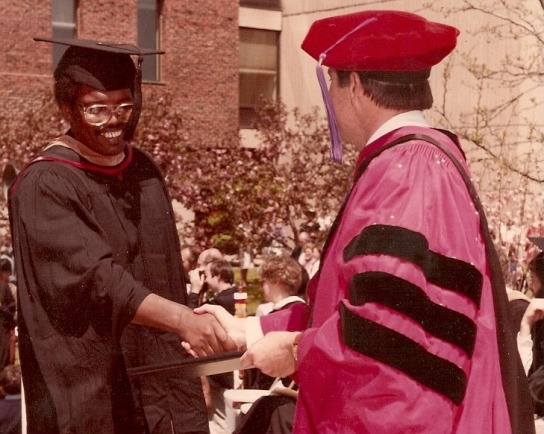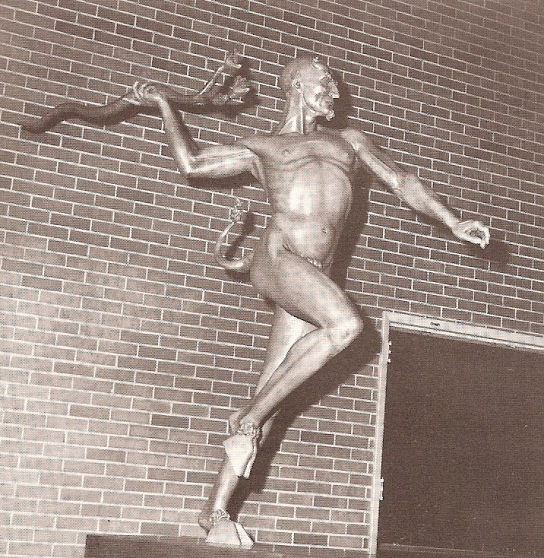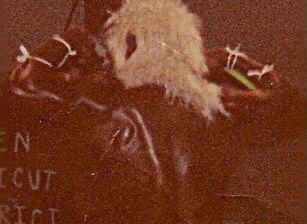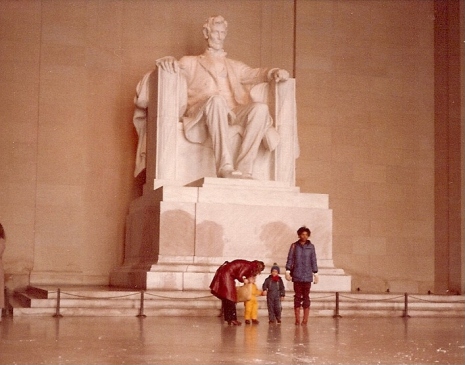Recommended Readings
1. History of South Carolina edited by Yates Snowden, LL. D. in collaboration with H.G. Cutler, General Historian (5 volumes). Publishers: The Lewis Publishing Company, Chicago & New York, 1920.
2. The Indians' New World: Catawbas and Their Neighbors from European Contact through the Era of Removal: James Hart Merrell, 1953 _ Copyright 1989, The University of North Carolina Press.
3. Historic Camden (part two) by Thomas J. Kirkland & Robert M. Kennedy _ published in 1926 at Columbia S.C. by The State Company (reprinted 1963-1973 by the Kershaw County Historical Society).
4. Black Slaveowners-Free Black Slave Masters in South Carolina, 1790-1860; by Larry Koger, 1958. McFarland & Company, Inc ., Publishers_Jefferson, N.C.
5. The Negro in the 20th Century America edited by John Hope Franklin and Isidore Starr. Copyright, 1967, by Random House, Inc.
6. The Peculiar Institution_Slavery in the Ante-Bellum South: by Kenneth M. Stampp, copyright 1956. Vintage Books, a division of Random House (New York).
7. Wandering to Glory Confederate Veterans Remember Evans' Brigade: Edited by Dewitt Boyd Stone Jr., Published in Columbia, S.C. by the University of South Carolina Press 2002. [ Two things piqued my curiosity in this one; the lineage related data on Nathan George "Shanks" Evans: The National Science Foundation reference in Mr. Stone's bio.]
8. Camelot and the Cultural Revolution _ How the Assassination of John F. Kennedy Shattered American Liberalism: James Piereson 2007: Encounter Books.
9. SEPARATE and UNEQUAL _ Louis R. Harlan: Pay attention to the names in Chapter VI, particularly, Ben Tillman and John Gary Evans.
Also note that the author knows Yates Snowden; as evidenced by the footnotes on page 107:
Further; John Gary Evans is also referenced in Stone's book Wandering to Glory (# 7).
10. FROM PLANTATION TO GHETTO _ AUGUST MEIER & ELLIOTT M. RUDWICK:
Read the selected bibliography first; beginning on page 254, then read the text.
11. Principle Centered Leadership _ Stephen R. Covey: This one is just a "throw-in", for the Honor Students; if it appears a bit "self serving" (on Covey's part ), thats because it is.
12. How Life Imitates Chess _ Garry Kasparov: Good little primer for those unaccustomed to "thinking outside of the box":
My youngest son spent a semester in Moscow: up until then, I hadn't given much thought to Russian politicians and authors.
I asked him if he saw any "black" faces over there. He replied, yes, in the mirror !
What I discovered along the way is that Numerican History is not uniformly taught in the public school system:
Where it is taught... the children are being inundated with data about thousands of years ago; totally irrevelant to the American experience, designed to obfuscate rather than elucidate..
How do I Know?
Amongst the many hats that I have worn, along the way, were a few marked Teacher, Administrator, Executive, and/or Coach (public and private sector).
What some call their "resume", I call History.
BIBLIOGRAPHY: Numerican Nation
I wish that I was so gifted, as to have been able to write Numerican Nation independent of the influence of others, I’m not. The following is a list of texts and musical recordings that, in one way or another, influenced my writing:
1. A Wateree River Plantation Journal: Joan Inabinet; publication #8
in the preserve series published by The Kershaw County Historical Society September 1997. Pg.#19; many of the Ciples slaves were formerly slaves of the Adamson family, and thus some descended from pre-Revolutionary roots in this country older than their master’s. Primary interest here is in the names noted.
2. The Best of Candi Staton; Take My Hand, Precious Lord: Musical recording from the archives of Warner Brothers. Conveys a similar sense of urgency; the message was always in the air. Actually the entire CD is pretty good, if you have the time to listen.
3. Money, Money, Money_ The Meaning of the Art and Symbols on United States Paper Currency by Nancy Winslow Parker: HarperCollins Children’s Books, a division of HarperCollins Publishers: Reference in Foreword re the utilization of the Dollar as a benchmark.
4. AGS United States History by John Napp and Wayne King: American Guidance Service, Inc.,Circle Pines, Minnesota: Basic texts for teaching grade level (8) at the Charter School.
5. The Civic Culture by Gabriel A. Almond and Sidney Verba; an analytic study of political attitudes and democracy in five nations: Publisher; Little, Brown and Company (Boston 1968). Thought enough of writers to hold on to the book beyond my undergrad years. As an old friend is fond of saying; “there really aren’t any new truths, simply old truths revisited”.
6. A History of God: the 4,000_Year Quest of Judaism, Christianity, and Islam by Karen Armstrong; as published in the U.S. by Ballentine Books, a division of Random House, Inc. New York, New York. Given the influence of religion on Numerican culture, you would think that everyone would want to read this book.
7. Who Wrote the Bible? _ Richard Elliott Friedman; 1997 paperback edition, HarperCollins Publishers, New York, New York. Seeks to identify the writer (s) of the Old Testament.
8. Who Wrote the New Testament?_The Making of the Christian Myth: by Burton L Mack, author of The Lost Gospel: HarperCollins Publishers, New York, N.Y.
9. Who Killed Jesus? _ Exposing the roots of Anti_Semetism in the Gospel Story of the Death of Jesus; by Dominic Crossan: HarperCollins Publishers, New York, N.Y. John Dominic Crossan is professor emeritus of religious studies at Depaul University in Chicago, Illinois.
10. From Plantation to Ghetto, an Interpretive History of American Negroes by August Meier and Elliott M. Rudwick: 4th edition_1968: American Century Series_ Hill Wang, New York.
11. KING Remembered; by Flip Schulke and Penelope Ortner Mcphee: W.W. Norton & Company, NY.C., N.Y. “let us not despair. Let us not lose faith in man and certainly not in God. We must believe that a prejudiced mind can be changed, and that man, by the grace of God, can be lifted from the valley of hate to the high mountain of love.”
12. 1967 Mount Vernon High School Year Book: Pictures and memories.
13. Dial 71, Central Connecticut State College Year Book, pg.216: I could have sworn that we started out with more than nine Political Science Majors in 1967. Back in those days 2nd year Varsity athletes got the coveted “Blue Blazer with the college emblem emblazoned to the front pocket”. It wasn’t a business then, just fun.
14. Psychology, third edition, Hockenbury & Hockenbury: Worth Publishers 4th printing 2004: reminder (conspiracy theory); looking for factors which vary systematically in the same direction, recognizing that correlation doesn’t necessarily indicate causality: Independent vs. dependent variables; nature of circumstantial evidence: Analysis extends beyond the scope of book 1: Reference in terms of state of mind.
15. Psychology, third edition, H & H: top-down processing occurs when we draw on our knowledge, experience, expectations, and other cognitive processes to arrive at meaningful perceptions such as people in a particular context. High School level text: Language simplification or task relevant maturity level assessments required: extend out. Target audience, Numerican Nation_educational level 14 (based upon general education standards, perhaps 12 using gifted criteria).
16. The Wizard of Oz: Parable on Populism by Henry Littlefield: Publisher the American Quarterly 1964: Also wrestling Coach at Mount Vernon High School. Flair for the dramatic; when things got tough on the mats; it was always “you’re not in Kansas anymore”: Made extensive use of allegory in his coaching and teaching: I just sort of fell into the habit, biblical references aside. Source: “Baum again uses the Silver allegory to state the blunt homily that while goodness affords a people ultimate protection against evil, ignorance of their capabilities allows evil to impose itself upon them:” Same could be said of a “people’s lack of knowledge”. Or, was that what he was trying to tell me? Went right over my head at the time. Oh well; I finally got it.
17. The Wizard of Allegory by Henry Littlefield; appeared in the Spring 1992 issue of The Baum Bugle. Coach explains his use of allegory (article is posted on the internet) as a by-product of his youth in New York City and teaching days at AB Davis High School.
18. The Rise and Fall of the Wonderful Wizard of Oz as a “Parable on Populism” by David B. Parker: Journal of the Georgia Association of Historians, vol. 15 (1994), pp. 49-63. Another perspective on Coach’s use of allegory. Stumbled across it on the Internet as I was researching the overall political climate during the days of our ancestors.
19. Strom Thurmond-Reference Library, Campus program. Com: Nowadays much spin is going on in an attempt to cast Governor Thurmond’s past in the best light possible. (Whether or not Congressional Leaders should be hauled into World Court as accomplices “after the fact” is what they should be talking about:]
20. Their Own Hot Headedness; Senator Benjamin R. “Pitchfork Ben” Tillman Justifies Violence Against Southern Blacks: Congressional Record, 56th Congress, 1st Session, 3223-3224. Reprinted in Richard Purday, ed., Document Sets for the South in U.S. History (Lexington, MA.: D.C. Heath & Company, 1991).
21. South Carolina Council on Human Relations Report, by Carol Sears Botch, U.S.C. Aiken; Online at usca.edu/aasc/scchr (using google.com search engine): Cole L. Blease pg. 4 of 23.
22. Historical Election Results: Electoral Votes for President and Vice President 1968 to 1993: Online at archives.gov/federal_register/electoral_college/votes: Ignore the color-coding (red herring); draw a gray brim on the Confederate States for monitoring purposes.
23. Long Road to Justice, The Civil Rights Movement in South Carolina: Steeped in history: Tillman leaves legacy of fear, hatred by John Monk, Columnist: A Citadel Conference: available on line.
24. History of Lake Wateree; http://www.lakewateree.com/information/history.asp: timeline from 1740 to 2000. The land around Fairfield and Kershaw Counties once served as hunting grounds for the Cherokee and were home to the Catawba and Siouan Indian tribes. Regulators and Moses Kirkland, see A Rebel Against Injustice.
25. A Rebel Against Injustice: Richard Kirkland, Young Humanitarian of Kershaw County, South Carolina by Mrs. Harold Hough. Links lead to Confederate Corner: Article accessible via the Internet: Mrs. Hough is historian for the John D. Kennedy Chapter of the United Daughters of the Confederacy, Camden, South Carolina; the Kershaw County Historical Society and a member of Catawba Wateree Genealogical Society.
26. South Carolina did not desegregate in accordance with the spirit of Brown Vs. Board of Education: [Independent verification; connects Richard Rowland Kirkland to the old White Oak Baptist Church Cemetery, near the Shaw Air Force base, Wateree side of John Richards Road; taboo subject matter:]
27. Lossing’s Field Book of the Revolution, Vol.II., Chapter XXV: descriptive of georgraphy about flat rock road; British occupation; Lord Raydon.
[ the web link provided with this entry, initially, has either been eliminated and/or changed; hence the reference is removed: JLH_July 2009]
28. The Preservation of Camden Battlefield by R. Bryan Whitfield, Winston Salem, North Carolina: Thesis paper/Wake Forrest. Historical data about Kershaw County including old-line family ties.
[ Due to material changes at the web page previously reference, it has been deleted. JLH _ July 2009]
29. John Gardiner Richards, Jr.: http://www.scencyclopedia.org/richards.htm Liberty Hill: (Wendell Ford’s neighbor, check proximity): Highway 97 rarely referred to on the interior as Richards Road (few make the connection). Revisit normative behavior: Zealot.
30. Smokey Robison and the Miracles: CD Going to a Go-Go: Ooo Baby Baby: 2002 Motown Records: Chapter 5: Fork in the Road: Choosey Beggar: take your choice.
31. Rock-n-Roll’s Greatest Hits of All Time 60’s: Platinum Disc Corporation: A Little Bit of Soap, by the Jarmels: Corsel Lords forever: Solomon, Lloyd, and Danny attended the 1999 Harris Family Reunion hosted by mother in New Haven, Connecticut: Friendships last a life time, driven by a shared sense of purpose and family.
32. United States Government Manual 1978/79: Published by the Office of the Federal Register National Archives and Record Services Administration: Revised 5/1/78: Descriptive material on Federal Agencies including names and location for key personnel. Jewell Plummer Cobb, pg. 600: Eleanor Norton Holmes, pg. 509: Arthur S. Flemming, pg. 497.
33. Waylon Jennings & Willie Nelson: 1977, 1978 RCA Records; A Couple More Years: “I’ve walked a couple more roads than you,..that’s all... I’m tired of running while you’re only learning to crawl…you’re headed somewhere, but I’ve been somewhere and found that it was nowhere atal”: Actually started the first draft listening to that tune. See opening statement to foreword.
34. LeAnn Rhimes: Sittin’ On Top of The World; 1998 Curb Records, Inc. Commitment. Competence, Confidence, Commitment.
35. Freda Payne; live in concert: 1999 The Wheatstraw Company; recording Bring the Boys Home (Viet Nam Era).
36. Tewanna Johnson, I Won't Complain: MCK Records; manufactured and printed by Disc Makers, Pennsauken, N.J. Sounds like her mother.
37. Webster’s New Collegiate Dictionary; G&C Merriam Company (1977), Springfield Massachusetts: The English Language and Its History, W. Nelson Francis, Professor of Linguistics and English_ Brown University (pg. 20a-32a); not that my writing style lends itself to convention mind-you. Reading dictionaries is an old habit: One of the annoying things about on line sources is that they rarely have available explanatory notes such as those provided by Professor Nelson.

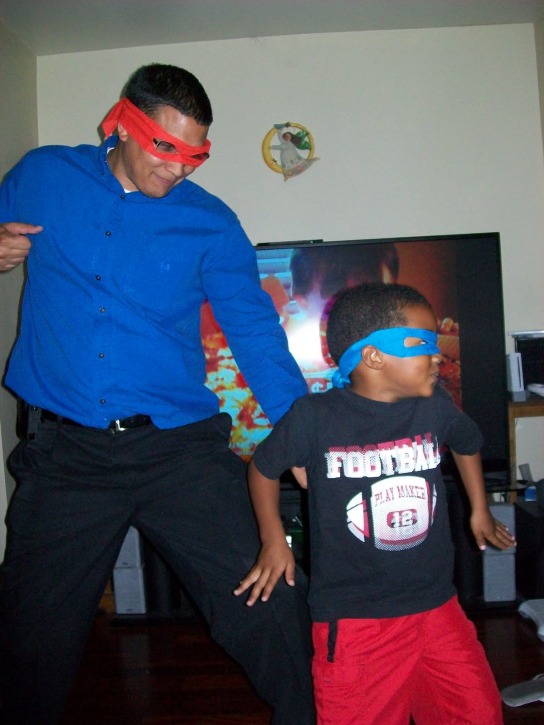
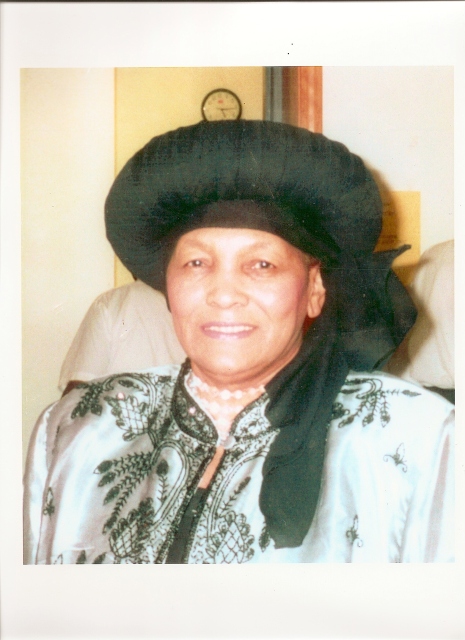 Doshia Greene Bowling
Doshia Greene Bowling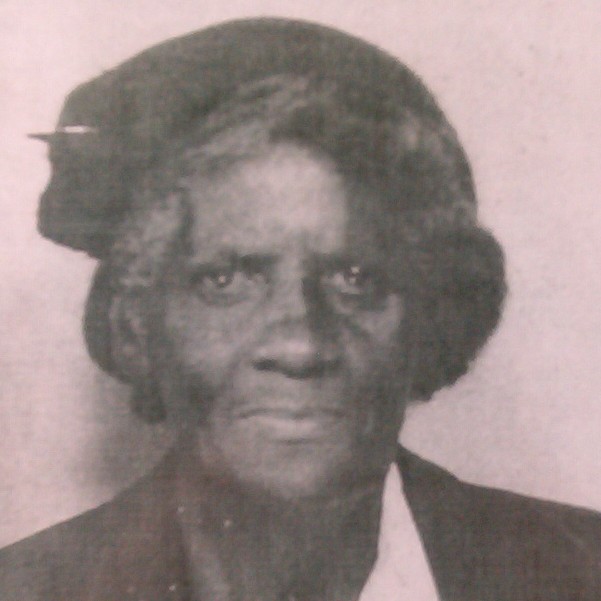
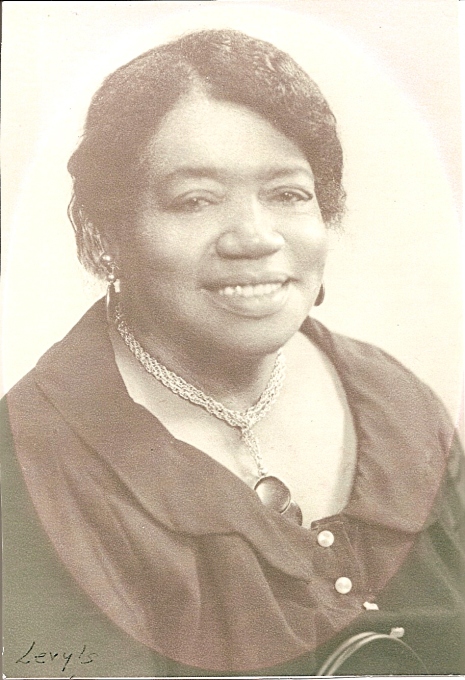
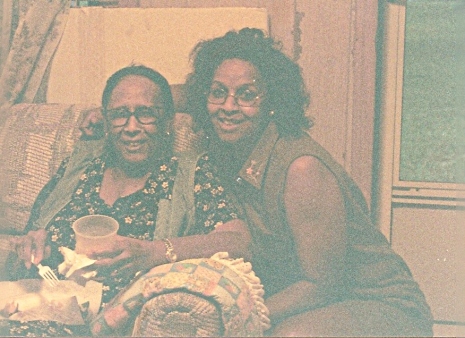
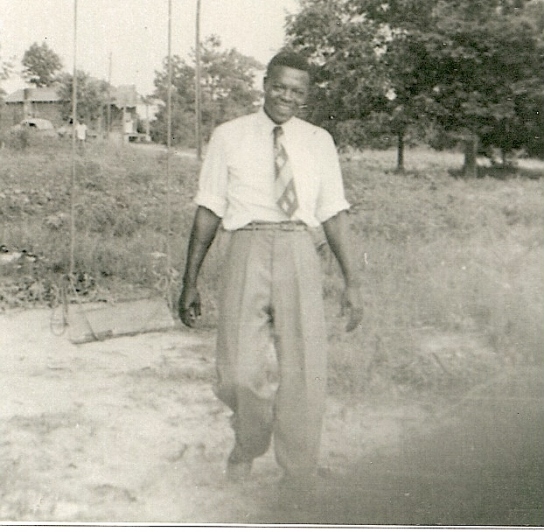
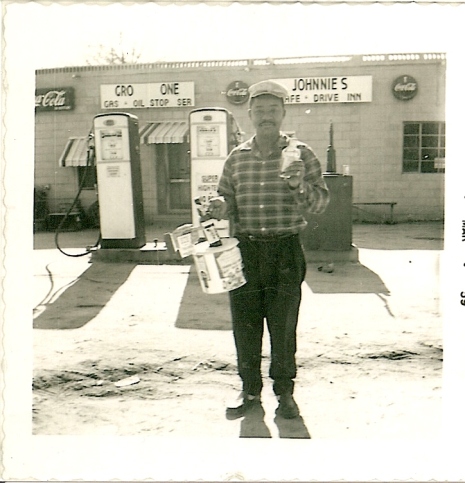
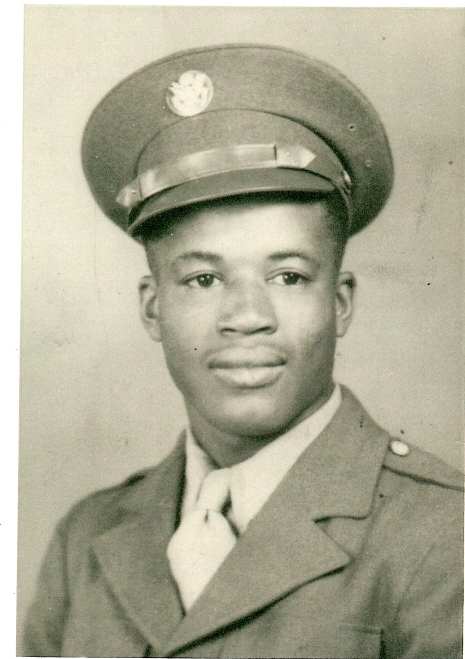
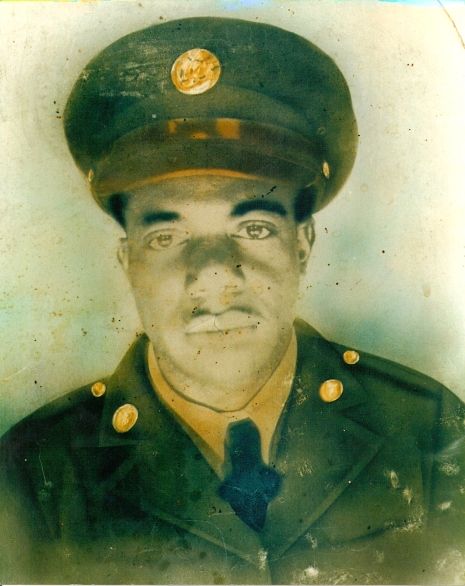

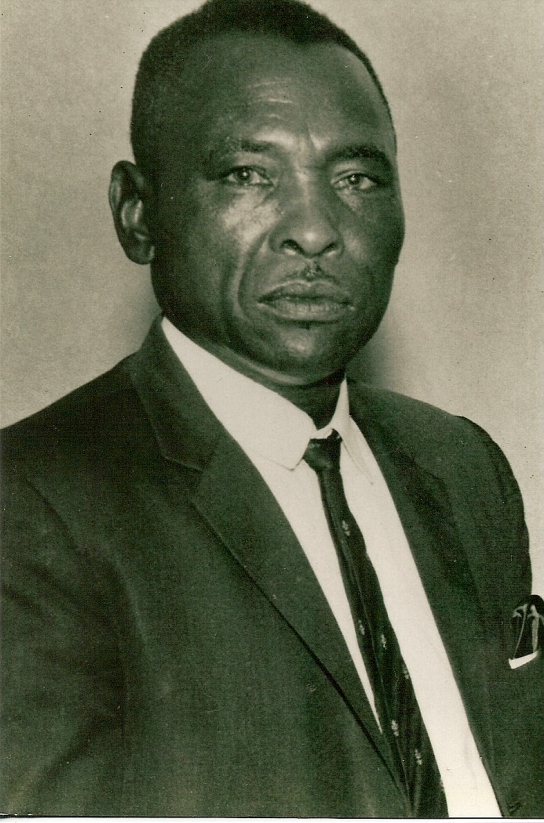
 Sunman, Bigmama, & Johnnie Lee 1979
Sunman, Bigmama, & Johnnie Lee 1979